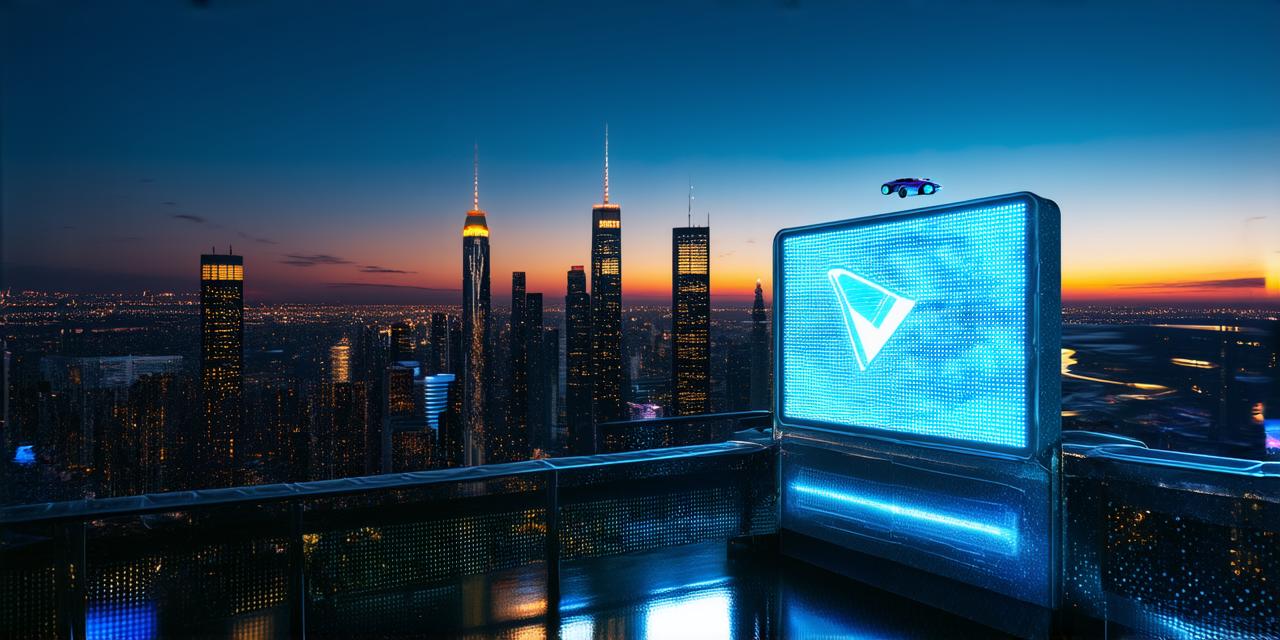
Texture applications are an important aspect of any Unity project. They add depth and visual interest to objects in a scene, making them more realistic and engaging. In this comprehensive guide, we’ll explore the different types of texture applications available in Unity 3D and how to use them effectively.
2D Texture Mapping
2D texture mapping is one of the most common techniques used in Unity 3D. It involves applying a 2D image or video to a flat surface, such as a wall or floor. This technique is often used to create environments or backgrounds. To apply a 2D texture in Unity, you first need to import it into your project. Once the texture is imported, you can drag and drop it onto an object in your scene. You can then use the Transform component to adjust the position, rotation, and scale of the object to fit the texture perfectly.
3D Texture Mapping
3D texture mapping, also known as UV mapping, is a more advanced technique that allows you to apply textures to 3D objects in your scene. With 3D texture mapping, you can add details and visual interest to your objects by applying textures to specific parts of the object, such as the surface or edges. To use 3D texture mapping in Unity, you first need to create a UV map for your 3D object. A UV map is a flat representation of the object’s surface that shows where the texture will be applied. Once you have created a UV map, you can import the texture into your project and apply it to the object using the Material component.
Texture Paint
Texture paint is a powerful tool in Unity 3D that allows you to apply textures directly onto an object’s surface. With texture paint, you can create custom designs or patterns on your objects by painting them with colors and textures. To use texture paint in Unity, you first need to select the object you want to paint. You can then open the Texture Paint window and choose a brush or stencil to paint with. You can also adjust the settings for the brush or stencil to achieve the desired effect.
Materials
Materials are an essential part of Unity 3D that allow you to apply textures, colors, and other effects to objects in your scene. With materials, you can create custom looks and styles for your objects by combining different textures, colors, and effects. To use materials in Unity, you first need to create a new material asset in your project. You can then add textures, colors, and other effects to the material to achieve the desired look and style. Once you have created a material, you can assign it to an object in your scene using the Inspector window.
Case Studies
To illustrate how texture applications are used in Unity 3D projects, let’s take a look at some case studies:
1. Virtual Production
Virtual production is a technique that uses computer-generated imagery (CGI) to create realistic environments and characters for movies, TV shows, and other media productions. In virtual production, textures play a crucial role in creating the environment and adding visual interest to the scene. For example, in the movie “The Lion King,” texture applications were used to create the vast African savannah environment. Textures such as grass, trees, and rocks were applied to specific parts of the environment to make it more realistic and engaging.
1. Game Development
Texture applications are also commonly used in game development. In games, textures can be used to add details and depth to objects in the scene, making them more visually appealing and immersive. For example, in the game “Red Dead Redemption 2,” texture applications were used to create the detailed environments of the Wild West.
